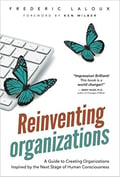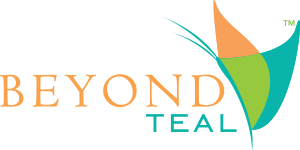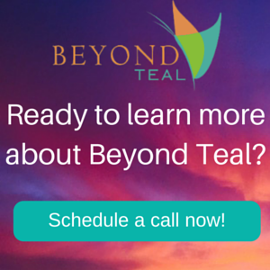(A Prelude to an Organization Observation Tool)
“Can we create organizations that are free from the pathologies that show up all too often in the workplace?”
 This is the opening question in Frederic Laloux’s game-changing book Reinventing Organizations, a 350-page volume dense with historical observation, deep business acumen, and real world answers for modern organizational structure and behavior.
This is the opening question in Frederic Laloux’s game-changing book Reinventing Organizations, a 350-page volume dense with historical observation, deep business acumen, and real world answers for modern organizational structure and behavior.
It’s a rhetorical question that’s emphasized throughout the book. The answer, of course, is yes … an outlook that I share with Laloux. Applying this question to your own organization starts by looking at the profiles of two hypothetical companies:
Company A:
Staff members describe their work life in terms of dread of drudgery. There is no sense of purpose beyond driving profits. Dominant power structure. Overloaded schedules. Underutilized talents. Inefficient management systems. But hey, the benefit package is good!
Company B:
Staff members speak enthusiastically of their passion and fulfilled sense of purpose. The power structure is shared equitably. Individual talents are maximized resulting in highly efficient organizational systems. The company is nimble and responsive. Low attrition. High profits. And you can bring your dog to work!
The former represents an organization with the type of internal pathogens referenced by Laloux. The latter is an image of robust health at every level. Laloux calls these types of healthy, happy, and resilient organizations “Teal.”
The Heart of It
There are three defining traits shared by every Teal organization:
- Teal organizations have a strong sense of purpose that ultimately makes the world a better place. Every decision is ultimately tied to the organization's ability to move towards and support this purpose.
- Teal organizations function as a whole. Instead of having departments that operate as cogs in a machine, they are analogous to a living organism that can quickly adapt and respond to the surrounding environment.
- Teal organizations are self-led. Teams organize around a shared goal, which has proven to give staff members the autonomy and satisfaction they crave to fulfill their highest potential and utilize their top talents.

Brass Tacks
I know what you’re thinking. This sounds great on paper and as an intellectual exercise but exactly how are these common core qualities of Teal organizations operating in real time? What does the organization look like? Sound like? How are they structured? Are they profitable?
Because every organization operates in its own ecosystem with its own set of resources, the answer to the questions above are going to be different for everyone. I’m going to guide you to your answers in two parts.
For starters, Teal organizations represent an array of industrial sectors and sizes. A few examples include:
AES (United States) - Energy, 40,000 employees, for profit
Buurtzorg (Netherlands) - Health care, 7,000 employees, nonprofit
ESBZ (Germany) - School, 1,500 students/staff, nonprofit
Morning Star (United States) - Food processing, 400-2,400 employees, for profit
Patagonia (United States) - Apparel, 1,350 employees, for profit
RHD (United States) - Human Services, 4,000 employees, nonprofit
Sun Hydraulics (United States) - Hydraulics components, 900 employees, for profit.
Now it’s time for your organization. How does your organization fit into this diverse representation of company sizes, sectors and purposes?
Action!
It’s time to introduce the Teal Organization Observation Tool. This assessment tool is organized around four operational categories:
1) Structure
2) Human Resources
3) Daily Life
4) Organizational Practices
Each category has a list of indicators and each indictor has a description of key functionalities.
What process is used to define purpose and strategy? Who is involved? What practices and processes are used to foster innovation? What project or team management practices are used? Who decides on project staffing? Who gives and receives coaching? How is trust built in teams? What principles govern the design of office space? What is the atmosphere? What gets celebrated? By whom?
These are but a small sample of detail-oriented, clarifying questions. In order to provide adequate explanation and help you find your answers in each category, I will address each operational category, its indicators and key functionalities in future posts. This way you can benchmark your operations and gain clarity on what needs to have your organization emerge into a healthier, more sustainable, happier, and yes … profitable version of itself.
Always remember, the effort comes from you. You may discover you have simple answers to some of these questions, others may create a mental gridlock. Ultimately, they get you to unveil the real issues in your work environment so you aren’t chasing solutions to the wrong problems.
Transforming life at work takes effort and demands an inquisitive mind. Stay tuned!
Or, if you are eager to get started now contact me and we will get your conversation started.
Bruce Peters has spent the last 15 years living his own “Third Act.” Based on his personal experience and in working as a guide for hundreds of leaders, he has designed a unique process for getting beyond where you are and into the creation of your own Third Act for you or your organization. It starts with the question of what is the difference you want to make? Learn more at www.beyondteal.com.


